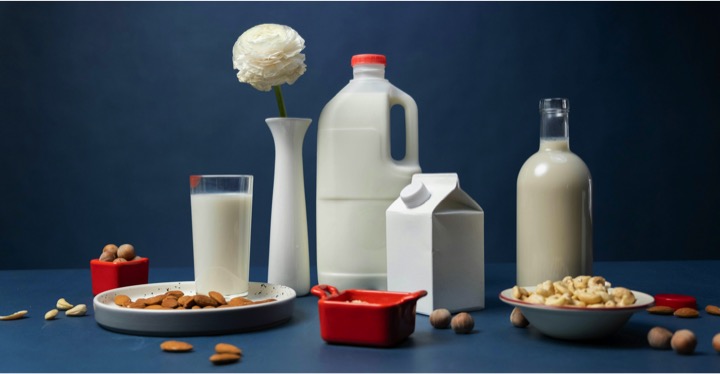FSSAI has revealed plans to make fortification as a mandatory initiative for edible oil and milk coming next few months, in addition to intensifying its focus on local staples such as rice, wheat and salt.
According to FSSAI Director (Food Fortification Resource Centre/FFRC) Inoshi Sharma, the mandatory regulations will strictly apply to all food and beverage companies dealing in edible oil and milk within organised food sector in India.
“At present it is not mandatory to fortify these foods, but we will be issuing regulations in about three or four months that will make it compulsory for all edible oil and milk from any manufacturer in the open market to be fortified,” Sharma addressed the media.
“This applies to all companies within the relevant organized sectors in India, so the big food firms and SMEs alike – but of course if the producer is not part of the organized sector and is just selling milk from the two cows in his backyard, then this will not apply”, Sharma specified.
Higher levels of fortification
FSSAI’s new regulations will allow for higher levels of fortification to be achieved by permitting the ingredients to fortify be added up till amounts that will translate to provide from 30% to 50% of the Recommended Dietary Allowance (RDA).
“Previously there were concerns that eating too much of fortified foods could lead to toxicity, hence it was limited, but we have found that this range will be safe for consumers as even eating the foods through the day won’t make them cross their RDA levels,” she said.
When expressed with queries if any resistance or challenges were expected towards these mandates, Sharma was very optimistic that the industry would be open and receptive. “Many big manufacturers are already producing fortified products, and it’s mostly smaller players who are left, so we don’t really anticipate too much of a challenge for implementation,” she added.
“We have a wide network of partners in place as well as a lot of resource material out there to help all companies who want to make this change, so it should be relatively straightforward. “What’s important is we want to align the supply chain” – So on the supply side, we’ve got producers, distributors and retailers fortifying products and pushing these in the market, and if such fortified foods are made easily available in the market, it will be easier to gain consumer acceptance of these as well; whereas on the demand side, we create consumer awareness [to drive demand].”
+F for Fortification
Sharma also informed that the fortification of rice, wheat and salt has been mandated in the food distributed via India’s public food distribution systems (PDS), such as to schools, aganwadis, feeding mothers or children under six years of age, although this has not made it to the open market as of yet.
“Since 2018, regulations have mandated this in the public systems – the government will procure the rice or wheat from farmers and producers, and fortify this during the milling and processing stage,” Sharma said.
“As of now, these are not yet mandated in the open market, although quite a few products do already exist, and we are working with the big manufacturers to try and get them to do this – for example we’ve spoken to some big rice millers in August, and will be doing the same for wheat next month. Some of the major brands that are already pushing out fortified products include Annapurna and Pillsbury for wheat our, Daawat for rice, Britannia and Mother Dairy for milk, TATA for salt and Freedom for oil. All products that are fortified as per the standards laid out by FSSAI will be able to get a license and what is called the ‘+F’ endorsement. “The +F endorsement is essentially a logo and brand to help consumers recognized certified fortified foods, and hopefully choose to include these in their diets,” Sharma explained.
Promotion of F+ products
“We also support products under the +F endorsement by putting these on our website, and local states going through the fortification process do look at our website and refer to these. So if any manufacturer has a fortified product, please do contact us about this so we can put it up there too.”
“Previous studies have found a significant population, especially of women and children below five years old, to be anaemic, so there’s iron deficiency there, and we also saw vitamin deficiencies steadily increasing,” said Sharma. “Many foods in the West are fortified, so they suffer less of these issues, but in India we have an issue of consumer choice in addition to the accessibility and availability of such foods. “This is why we looked to staples such as rice, wheat and so on, as fortifying these makes it much easier to get these nutrients to the population.”
























